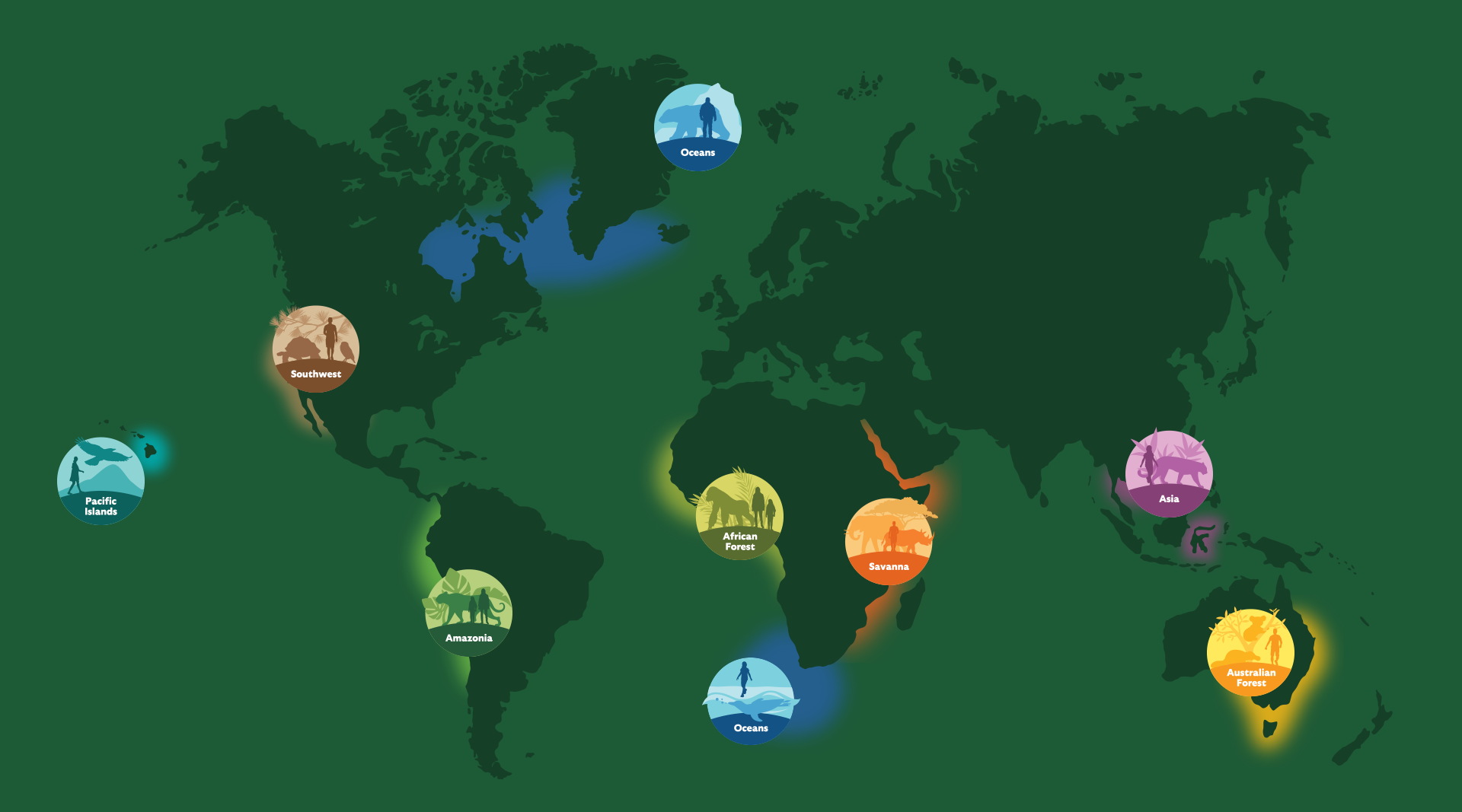There is a widespread idea that advances in technology pose a threat to the planet's wildlife and biodiversity.
However, instead of posing a problem, technology can be part of the solution.
This is the case with the innovative technological projects of the San Diego Zoo Wildlife Alliance, an international non-profit organization dedicated to wildlife and nature conservation.

Nadine Lamberski and Megan Owen, two of the NGO's leaders, shared their ideas with Fast Company and explained the organization's culture of innovation.
Last year, the association launched AI-based surveillance technology to monitor the state of wildlife in remote and hard-to-reach regions. The NGO has also worked with other organizations to clone highly threatened and endangered species
Devising and creating innovative solutions to protect animals and ecosystems around the world has earned the San Diego Zoo Wildlife Alliance a place on Fast Company's list as one of the world's most innovative companies in 2024.
One example of technology used to help combat current ecosystem problems is the so-called SageBRUSH, an AI system with visual and acoustic sensors capable of monitoring natural habitats - and which recently made it possible to detect a need for intervention in Kenya.
"During a severe drought in Kenya, we noticed that the elephants released at the Sarah Wildlife Conservancy were suffering. Their physical condition was deteriorating and it was necessary to intervene," explains the Alliance's director of conservation and wildlife health, Nadine Lambersk
The organization, which monitors the behaviour of polar bears coming out of hibernation on Svalbard, an Arctic island, has also developed a camera system capable of withstanding the intense cold and operating in mountainous terrain, sensitive enough to identify a white bear against a white background.
The team also uses drones equipped with thermal sensors to better identify the location of these animals' dens.
The cloning of species is another area in which the San Diego Zoo Wildlife Alliance is involved. Recently, the organization contributed to the cloning of Przewalski's horses and black-footed ferrets, two endangered species.
"Cloning has made it possible to reintroduce these species into the ecosystem and increase the biodiversity that would otherwise have been lost, which would never have happened without the early collection of samples of their DNA in the 1980s," concludes Lamberski.
Many times in recent decades, the inexorable advance of technology has put the planet's biodiversity at risk. These are some of the examples of how, in recent years, technology has shown that it can also help to preserve - and regenerate - it.





